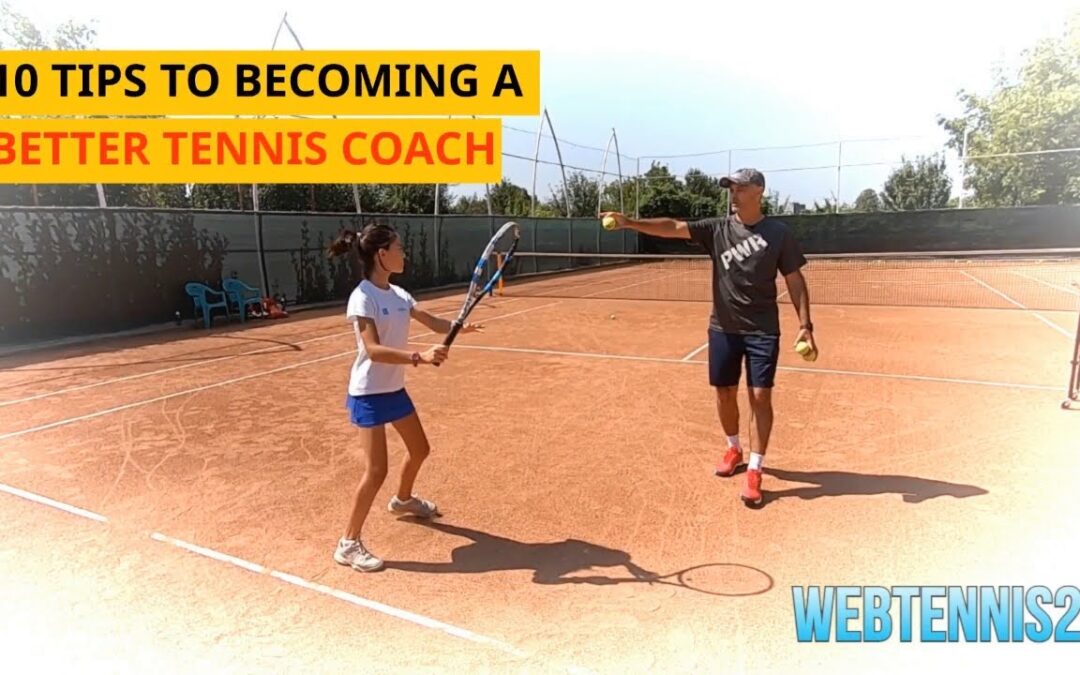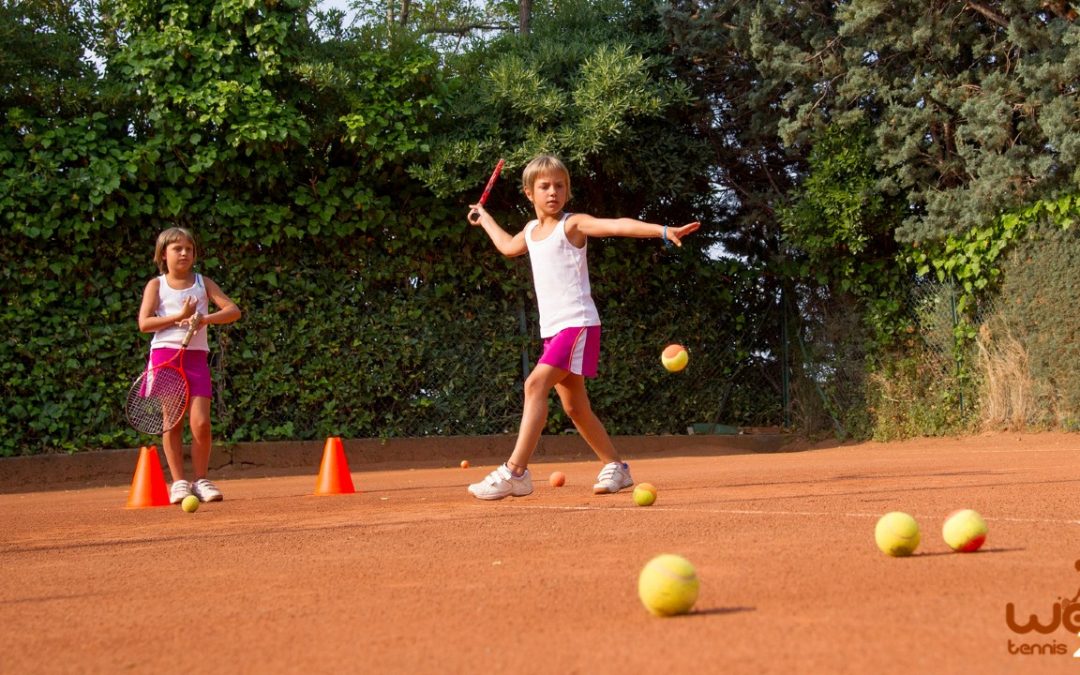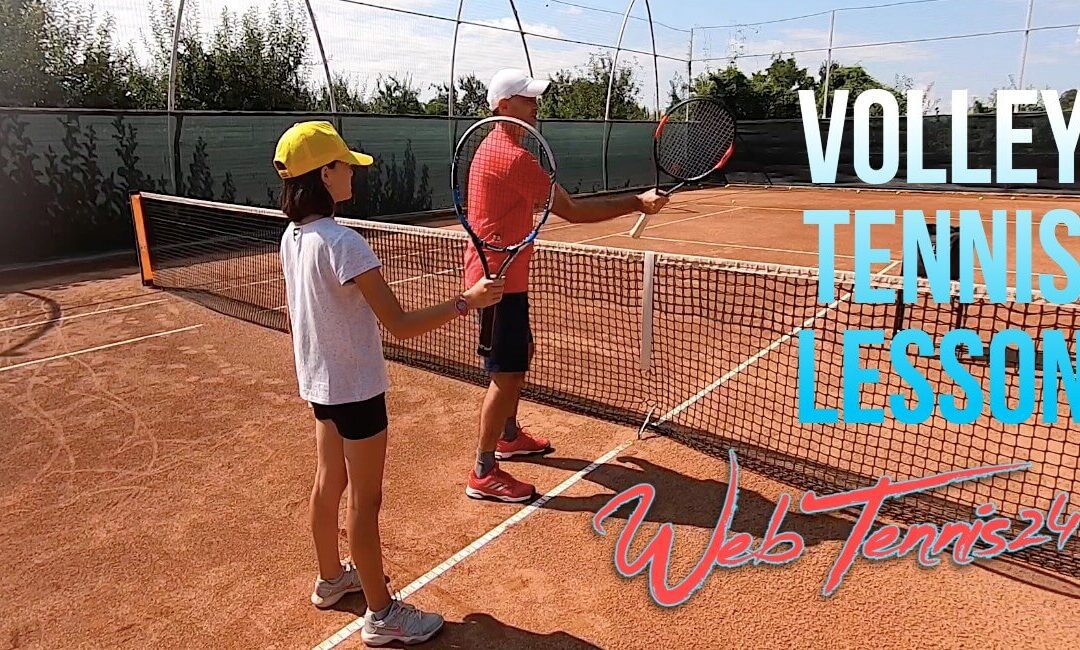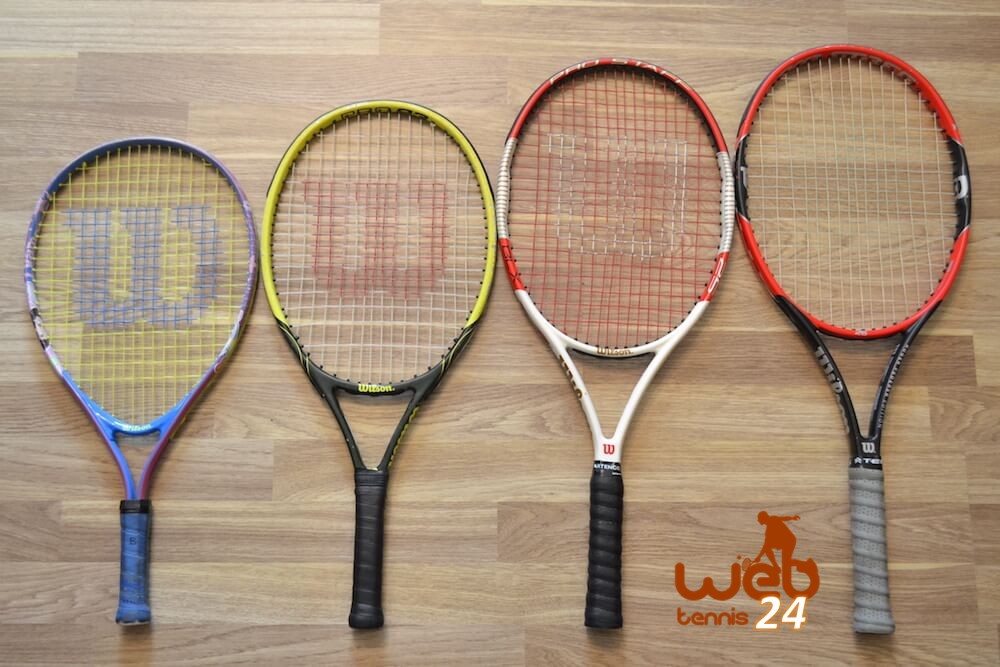One of the questions I frequently receive from tennis parents is: “What racquet should I buy for my son/daughter?”
Before we dive into the details of choosing a tennis racquet, I would like to mention that there are certain recommended racquet specs according to a child’s age. But that does not mean children and parents should strictly follow those recommendations…
We know that children develop differently – some (let’s say) seven-year-olds are taller, some are shorter; some are stronger…
If a child is ready to play with a heavier racquet than the standard recommended, they can do so.
Having said that, here are the recommended racquet lengths according to the children’s age:
- 21” racquet would be best for 4-5 year olds;
- 23” long racquet can be used by children of 6-8 years;
- 25” long racquet would be preferred by 9-10 year olds;
- 26” racquets are recommended for 10-11 years;
- 27” can be used by any child that is 12 and older.
My suggestion for children who are ready to move up to a 27” adult racquet is to choose a light version, under 10 ounces.
But again, if a child is strong and ready to benefit from a heavier racquet (more power, control) while avoiding injuries, they can demo/try and eventually purchase one that is above the standard recommendations.
I would like to present in the following a few details that not only children but adults as well should consider when choosing a new tennis racquet.
Being the most important piece of equipment for any tennis player, the racquet should be carefully analyzed so that it matches the player’s style of play and/or level of performance:
1. Racquet Weight – should be chosen according to the child’s strength.
There is an easy exercise you can do with your child: have them hold the racquet by the handle, take it behind their back with the elbow bent over the dominant shoulder; from there on ask them to swing up like they would be serving; observe how hard it is for them to do that; if it is too heavy, their face will tell you; if it is too light, they’ll also tell you.
Find a racquet that they feel is not too heavy but not too light. If the player should be in doubt, always opt for a slightly heavier frame than a lighter. More weight will help in absorbing the shock that is created at the contact with the ball, thus saving the arm.
2. Grip Size – the child should be able to wrap their hand around the handle (gently) and there should be space enough to put the index finger (of the non-dominant hand) between the fingers tips and heel of the dominant palm; if it is too small or too large they’ll grip it too hard to not lose the racquet from their hand.
3. Racquet Head – this is a debatable subject because some coaches say that a small head (somewhere around 95-98 square inches) forces the child to make a clean contact with the ball, while others suggest that a larger head (105-110) can help the player achieve good contact with the ball easier, thus making it easy to learn or practice their skills.
In my opinion, a racquet that has a circumference of 100 square inches is just about right for most players.
4. Racquet Strings – they’re the most important element of every tennis racquet. That does not mean the others are not important, it is just that no matter how good the racquet is, the strings must be suited to the player’s style of play.
Therefore, here are a few factors related to strings tension, composition, and thickness:
- Tension – if you want more power, opt for a lower tension; for more control, string it tighter; you can find the specifications of the recommended string tension on the side of the racquet.
- String composition – can be nylon, polyester, or natural gut – the nylon is the cheapest, the gut is more expensive – you might think that the more expensive the string the better feel; you are not far from the truth but it all depends on what you need: if you break strings a lot you might be ok with playing with thick nylon, for more feel and control you can find some good polyester strings (my favorite choice), or if you can afford to spend more then go for natural gut.
- There is also the consideration of the thickness of the string: the thinner it is the more it bites into the ball, favoring spin and control, but it breaks sooner.
As you can see, there are quite a few factors you should consider when settling for a particular racquet. But the important part is that the racquet is only as good as the string (composition, tension) you put on.
My recommendation would be to either experiment with a few racquets by enrolling in your nearest pro shop demo program (even online tennis stores have demo programs through which they send you racquets to try before you decide to buy one) or ask a coach’s help in choosing one. A tennis professional stringer can take a look at your swing and style of play before advising you on which path to take in choosing your new tennis racquet.
I wish there would be an easy way, but in fact, the racquet is the most important piece of tennis equipment you will have. That’s why you should not make this decision in a hurry.
For a video presentation of this material (how to choose a tennis racquet for your child) visit the My Daddy / My Coach section or the 10 Lesson Plans program for teaching tennis to beginner players.



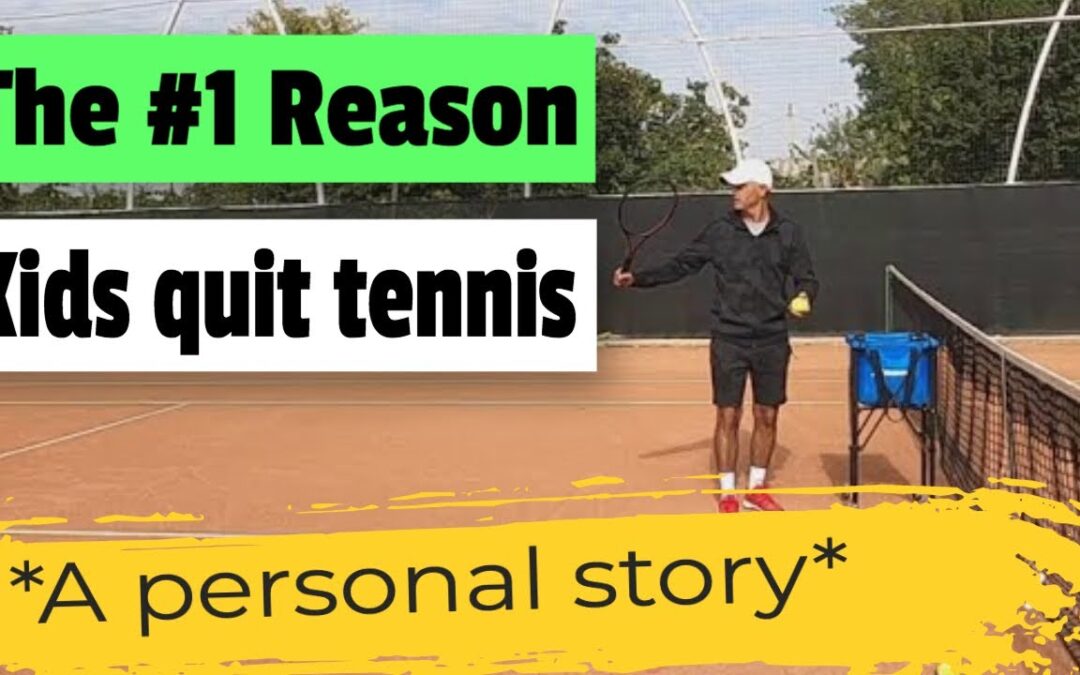
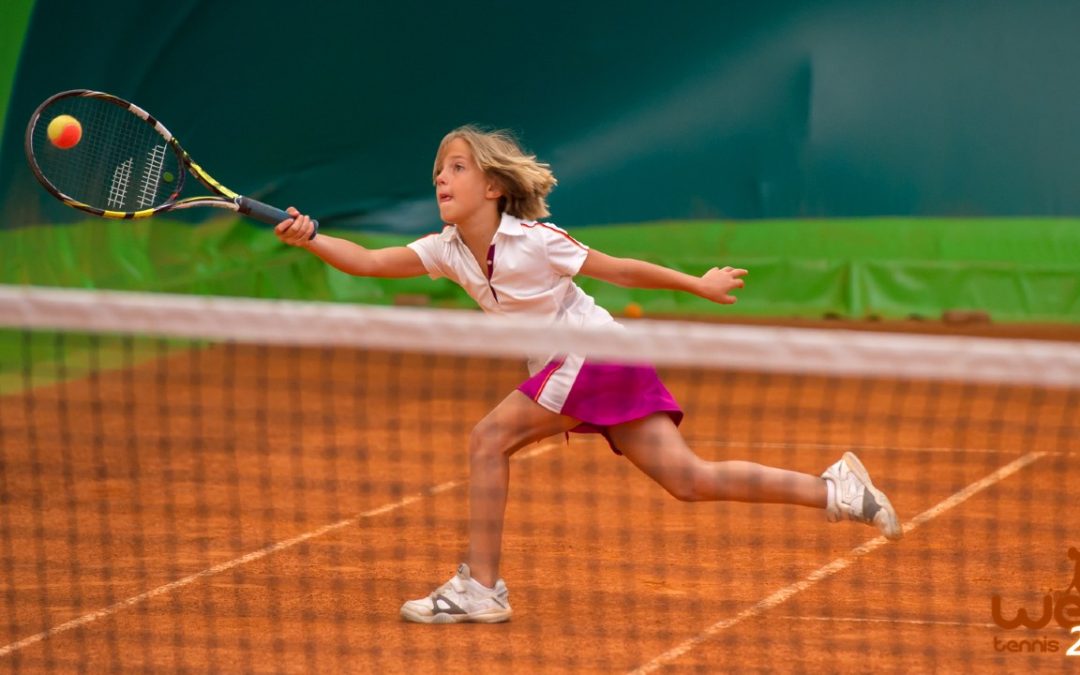
 1. Red Balls – these are the slowest and largest of the balls and are recommended for little children aged 4-7. Along with the red balls, players can also use sponge balls which are both oversized, and about 75% slower than a regular adult tennis ball, giving beginning players time to prepare for the shot and add a big swing without being afraid of missing deep.
1. Red Balls – these are the slowest and largest of the balls and are recommended for little children aged 4-7. Along with the red balls, players can also use sponge balls which are both oversized, and about 75% slower than a regular adult tennis ball, giving beginning players time to prepare for the shot and add a big swing without being afraid of missing deep. 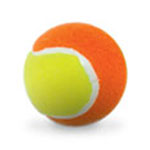 2. Orange Balls – are about 50% slower than regular tennis balls and are recommended for children between the ages of 7-9. Used on 60×21 feet tennis court (show how the lines are positioned: baseline is 9 feet / 3 meters inside the regular baseline; singles sidelines are 3 feet / 1 meter inside the regular sideline)
2. Orange Balls – are about 50% slower than regular tennis balls and are recommended for children between the ages of 7-9. Used on 60×21 feet tennis court (show how the lines are positioned: baseline is 9 feet / 3 meters inside the regular baseline; singles sidelines are 3 feet / 1 meter inside the regular sideline)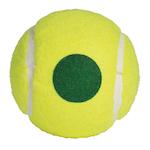 3. Green Dot Balls – are about 25% slower than regular tennis balls and are recommended for kids who are 9 or 10 years old.
3. Green Dot Balls – are about 25% slower than regular tennis balls and are recommended for kids who are 9 or 10 years old.  4. Yellow (Adult) Tennis Balls – should be used by children who are at least 11 years old and my recommendation is that the transition should be done gradually using practice balls that are slower and lower bounce than tournament balls.
4. Yellow (Adult) Tennis Balls – should be used by children who are at least 11 years old and my recommendation is that the transition should be done gradually using practice balls that are slower and lower bounce than tournament balls.